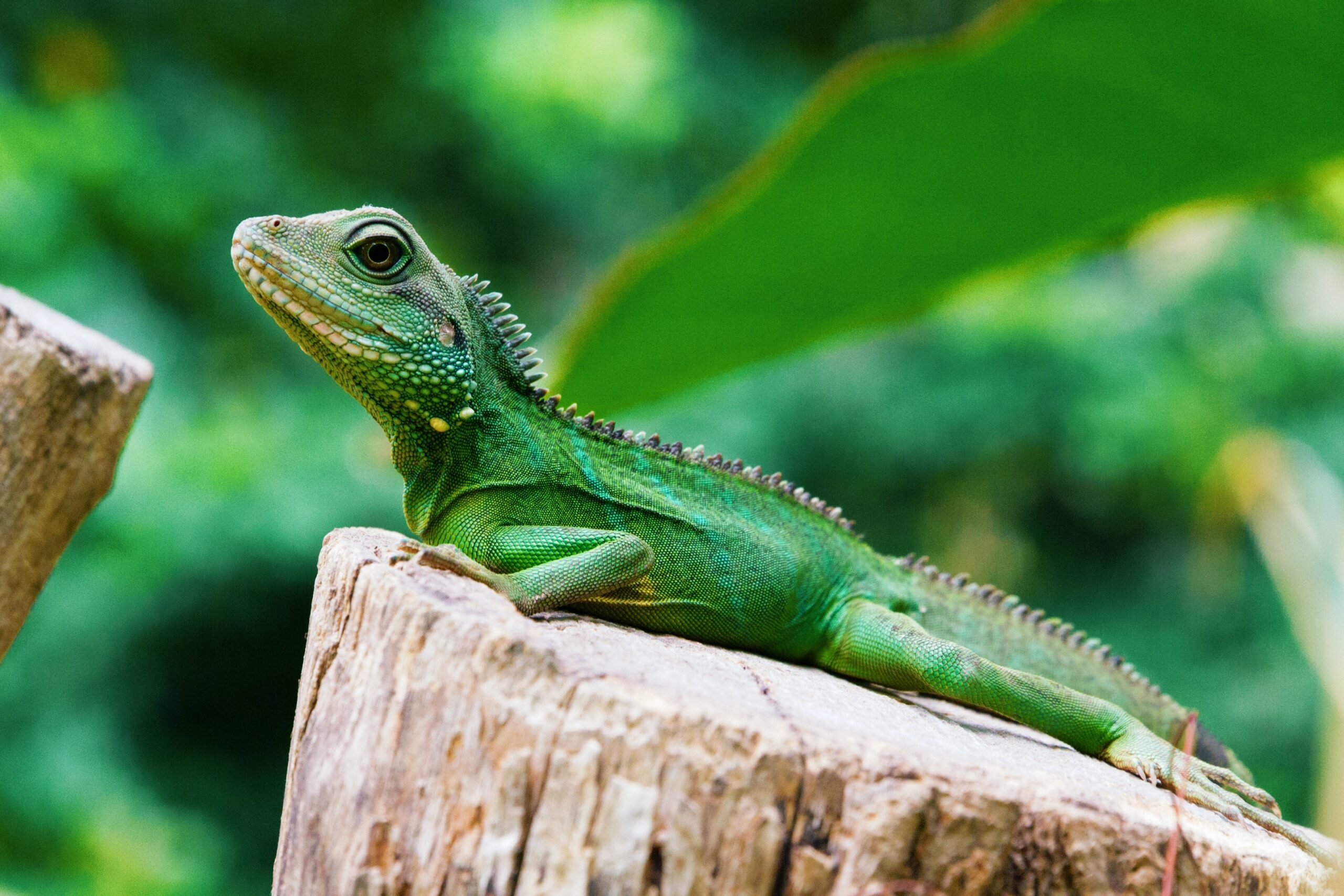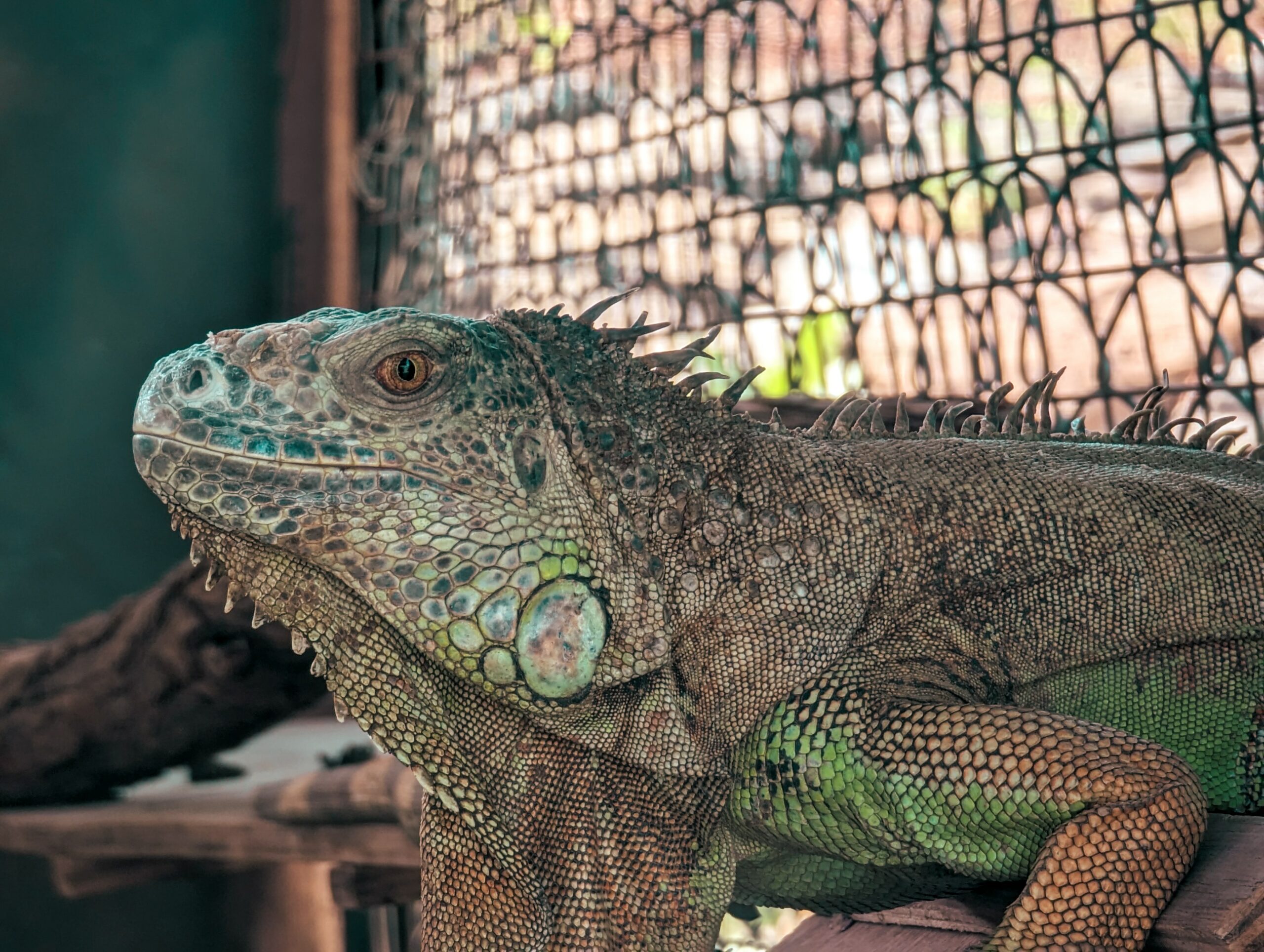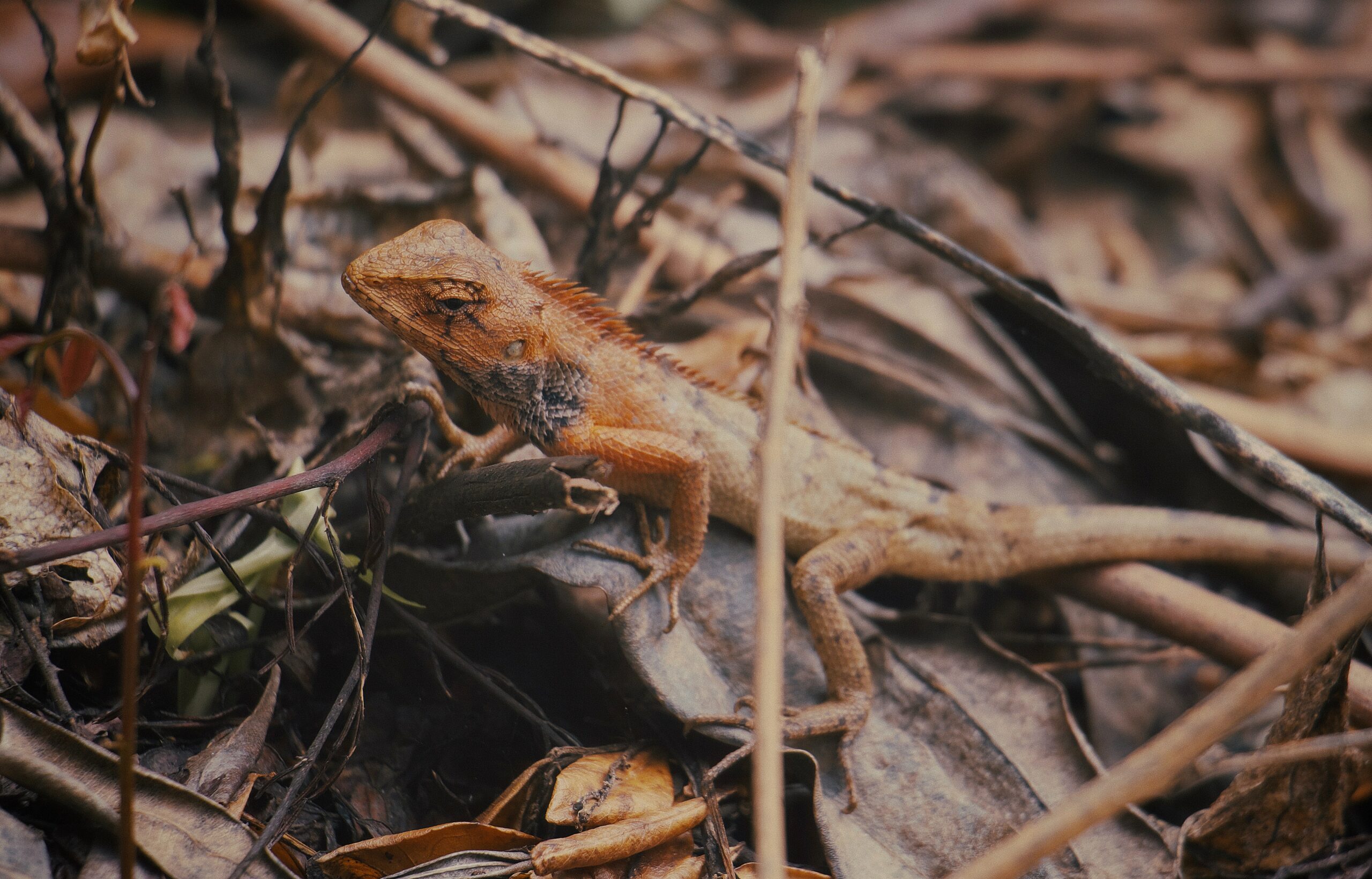Welcome to the captivating realm of pet lizards, where reptile enthusiasts can embark on a thrilling journey filled with challenges and countless rewards. Keeping lizards as pets is a unique and rewarding experience that allows you to witness their intriguing behaviors, care for their specific needs, and appreciate their remarkable beauty.
In this comprehensive guide, we will delve into the world of pet lizards, discussing their diverse species, the challenges they bring, their dietary requirements, handling techniques, health considerations, and much more. Whether you are a reptile enthusiast eager to expand your knowledge or someone contemplating the idea of owning a pet lizard, this article will provide you with valuable insights and help you make informed decisions.
Let’s embark on this exciting adventure together!
Are Pet Lizards the Perfect Choice for Reptile Enthusiasts?
Lizards have been captivating reptile enthusiasts for centuries, thanks to their unique characteristics and mesmerizing beauty. Pet lizards require dedication, knowledge, and commitment to create a suitable habitat and ensure their well-being.
They come with specific challenges that need to be considered. However, for those passionate about reptiles, the joy, and fulfillment they bring make it all worthwhile.
What Makes Keeping Pet Lizards Challenging and Exciting?

Keeping pet lizards presents a set of challenges that add excitement to the journey. Unlike traditional pets, lizards require specialized environments that replicate their natural habitats, temperature regulation, and appropriate lighting. Moreover, their dietary needs vary from species to species, necessitating careful consideration and research.
Learning about their behavior, understanding their social needs, and providing them with proper mental stimulation are also vital aspects of responsible lizard ownership. Overcoming these challenges will reward you with a deep sense of accomplishment and a truly extraordinary bond with your scaly companion.
Which Lizard Species Demand Extra Attention and Expertise?
When it comes to pet lizards, some species require extra attention and expertise due to their unique care requirements. For example, the green iguana, known for its striking appearance, demands a large enclosure with ample space, proper humidity, and controlled lighting conditions.
Chameleons, with their specialized feeding habits and delicate nature, require a keen understanding of their behavior and specific environmental needs. By choosing the right lizard species that align with your capabilities and resources, you can ensure a fulfilling and successful lizard-keeping experience.
How to Provide the Ideal Habitat for Your Pet Lizard?
Creating an ideal habitat for your pet lizard is crucial for their health and well-being. Each lizard species has its own habitat requirements, so thorough research is necessary. Factors such as temperature, humidity, lighting, substrate, and enclosure size need to be carefully considered and catered to.
Proper ventilation, hiding spots, and climbing structures should also be provided to simulate their natural environment. Consulting reputable sources, such as herpetologists and experienced reptile owners, will guide you in designing a suitable habitat that meets your lizard’s specific needs.
What Are the Dietary Needs of Pet Lizards?
Understanding the dietary needs of pet lizards is essential for their overall health and longevity. Lizards have diverse feeding habits, and their diets may consist of insects, fruits, vegetables, and even small vertebrates.
For instance, bearded dragons thrive on a diet that includes leafy greens, vegetables, insects, and occasional fruits. On the other hand, leopard geckos are insectivores, primarily consuming crickets, mealworms, and waxworms.
It’s crucial to provide a varied and balanced diet, supplementing with necessary vitamins and minerals, and ensuring proper hydration. Each species has its own specific dietary requirements, so thorough research and consultation with a reptile veterinarian are vital.
| Lizard Species | Dietary Needs | Additional Notes |
|---|---|---|
| Bearded Dragon | Leafy greens, vegetables, insects, and occasional fruits | Supplement with calcium and vitamin D3 |
| Leopard Gecko | Insects, including crickets, mealworms, and waxworms | Avoid feeding pinky mice as they are high in fat |
| Crested Gecko | Fruit-based diet, along with powdered gecko food | Provide a variety of fruits and monitor calcium intake |
| Blue-Tongued Skink | Mixed diet of insects, fruits, vegetables, and low-fat protein | Supplement with calcium and monitor fat content |
| Green Anole | Insects such as crickets, mealworms, and small flies | Provide a varied diet and ensure proper hydration |
Are Pet Lizards Social Creatures?
Lizards may not be known for their social nature like dogs or cats, but they do exhibit fascinating behaviors and have unique social needs. Some lizards, such as green anoles, thrive in groups and benefit from cohabitation.
Others, like bearded dragons, appreciate human interaction and can form strong bonds with their owners. Observing their behavior, recognizing signs of stress, and providing appropriate socialization opportunities will help ensure their mental well-being.
While lizards may not seek constant companionship, they still require stimuli and environmental enrichment to lead fulfilling lives.
How to Handle Pet Lizards Safely and Responsibly?
Handling pet lizards requires care, patience, and a gentle touch. It’s essential to understand their natural behavior and learn appropriate handling techniques to ensure their safety and minimize stress. Avoid grasping lizards by their tails, as some species can drop their tails as a defense mechanism.
Instead, gently support their body and provide a secure grip. Hand-feeding and positive reinforcement can help build trust and facilitate handling. Additionally, practicing good hygiene, such as regular handwashing, before and after handling, is essential to prevent the transmission of any potential diseases.
What Are the Common Health Issues Faced by Pet Lizards?
Pet lizards, like any other living beings, can encounter various health issues throughout their lives. Being aware of these common ailments will enable lizard owners to identify potential problems early and seek appropriate veterinary care. Here are some of the most common health issues faced by pet lizards:
-
Respiratory Infections: Lizards can develop respiratory infections, often caused by improper temperature or humidity levels in their habitat. Symptoms may include labored breathing, wheezing, nasal discharge, and lethargy.
-
Metabolic Bone Disease (MBD): MBD occurs when a lizard’s calcium and phosphorus balance is disrupted, leading to weakened bones and deformities. It can result from an imbalanced diet or insufficient exposure to UVB lighting.
-
Nutritional Deficiencies: Inadequate nutrition can lead to various health problems in pet lizards. Vitamin and mineral deficiencies may occur if their diet lacks essential nutrients, impacting their overall well-being.
-
Parasitic Infestations: Lizards can be prone to external and internal parasites, such as mites, ticks, worms, or protozoa. These parasites can cause weight loss, skin irritations, digestive issues, and even organ damage if left untreated.
-
Skin Infections and Lesions: Lizards can develop skin infections due to injuries, poor hygiene, or bacterial/fungal overgrowth. These infections may manifest as ulcers, blisters, or abnormal shedding.
-
Egg-Binding: Female lizards may experience difficulties laying eggs, leading to a potentially life-threatening condition called egg-binding. This can occur due to improper egg-laying conditions or complications during the egg-laying process.
Can Pet Lizards Be Trained?
Contrary to popular belief, pet lizards are capable of learning and responding to training cues. While they may not perform tricks like dogs, they can be conditioned to recognize their owners, respond to their presence, and even become comfortable with gentle handling.
Positive reinforcement techniques, such as reward-based training and clicker training, can be effective in shaping desired behaviors. Training not only enhances the bond between you and your pet lizard but also contributes to their mental stimulation and overall well-being.
What Are the Pros and Cons of Owning a Pet Lizard?
Owning a pet lizard has its advantages and considerations. On the positive side, lizards are fascinating creatures that can provide endless entertainment and an extraordinary visual display.
They are relatively low-maintenance compared to traditional pets, requiring less time for exercise and grooming. Additionally, lizards have long lifespans, offering the potential for lasting companionship. However, it’s important to be aware of the cons as well.
Lizards have specific environmental needs, and creating their habitat can be costly and time-consuming. They may not exhibit the same affectionate behaviors as other pets, and some species require more expertise and care. Weighing these pros and cons will help you determine if a pet lizard is the right fit for your lifestyle and preferences.
Which Lizard Species Are Ideal for Beginners in Reptile Keeping?

For beginners venturing into the world of reptile keeping, certain lizard species are more suitable due to their hardiness, ease of care, and manageable size. Bearded dragons, leopard geckos, and crested geckos are often recommended as good choices for novices.
These species have relatively straightforward care requirements, are readily available, and offer a captivating pet ownership experience. However, proper research, preparation, and commitment to ongoing care are still essential to ensure a successful journey as a reptile owner.
Let’s delve into sustainable reptile keeping, understanding reptiles and their environment, and how we can care for them in a way that’s beneficial for both them and the planet.
Are Pet Lizards Suitable for Families with Children?
While pet lizards can be fascinating additions to a family, there are important safety considerations to keep in mind, especially when children are involved. Lizards may carry salmonella bacteria, so proper hygiene and supervision are crucial to prevent the risk of infection.
Some lizard species have delicate bodies and may not tolerate rough handling, making it important to teach children how to interact with them gently. Always supervise interactions between children and pet lizards, ensuring that both parties are safe and comfortable.
Educating children about responsible pet ownership and reptile behavior will help create a harmonious and safe environment for everyone involved.
How to Choose the Right Pet Lizard That Matches Your Lifestyle?
Selecting the right pet lizard is a significant decision that should align with your lifestyle, capabilities, and level of commitment. Consider factors such as the time you can dedicate to care, the space available for an enclosure, your experience with reptiles, and the financial resources required for their maintenance.
Research different lizard species thoroughly, taking into account their care needs, temperament, lifespan, and potential growth. Consulting reputable reptile breeders, experienced reptile owners, or herpetologists can provide valuable guidance and insights.
Choosing a pet lizard that suits your lifestyle will enhance your enjoyment and ensure a fulfilling and sustainable reptile-keeping experience.
What Are the Legal and Ethical Considerations of Owning Pet Lizards?
Before bringing a pet lizard into your life, it’s important to be aware of the legal and ethical considerations associated with reptile ownership. Laws and regulations regarding pet reptiles can vary depending on your location.
Some lizard species may require special permits or have restrictions due to conservation concerns. It’s crucial to research and adheres to all applicable laws to ensure you are in compliance and promoting responsible pet ownership.
Additionally, ethical considerations such as sourcing lizards from reputable breeders and not supporting the illegal wildlife trade should be taken into account. By being a responsible and conscientious lizard owner, you contribute to the well-being of these remarkable creatures and their conservation.
Are Pet Lizards the Right Choice for You?

After exploring the world of pet lizards and gaining valuable insights into their care, challenges, and rewards, it’s time for a self-assessment. Evaluate your level of commitment, available resources, willingness to learn, and readiness for the responsibilities associated with lizard ownership.
Consider your lifestyle, space availability, and dedication to creating an ideal habitat. Assess your ability to meet their dietary needs, provide socialization opportunities, and address their health concerns.
In Conclusion
The world of pet lizards offers reptile enthusiasts a captivating and rewarding experience. Despite the challenges they bring, the unique beauty and behaviors of lizards make them extraordinary companions.
By understanding their diverse species, creating suitable habitats, meeting their dietary needs, handling them responsibly, and providing proper healthcare, you can establish a strong bond and enjoy a remarkable journey together. Whether you are a seasoned reptile enthusiast or someone contemplating the idea of owning a pet lizard, the rewards of embracing these scaly wonders are truly worth the effort.
So take the plunge into the fascinating world of pet lizards and embark on a journey like no other!




